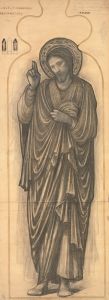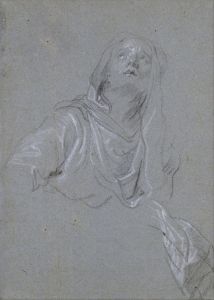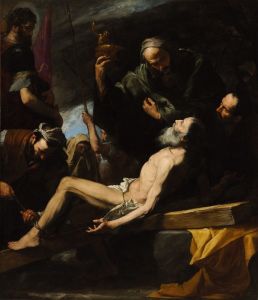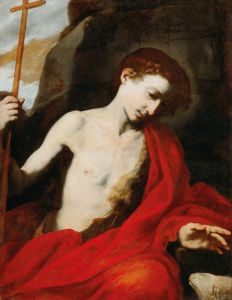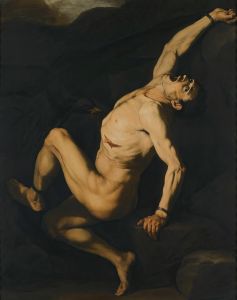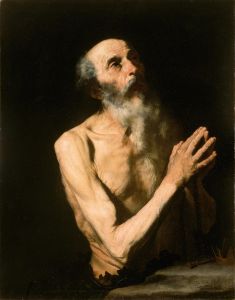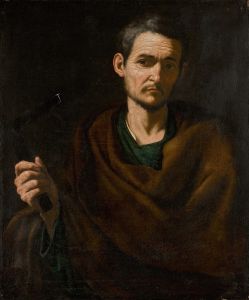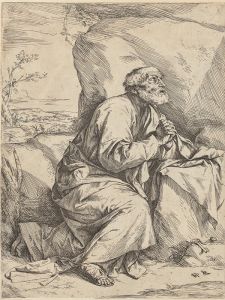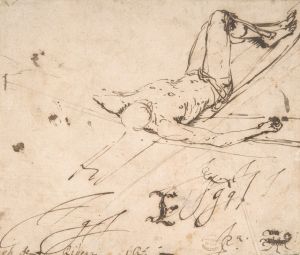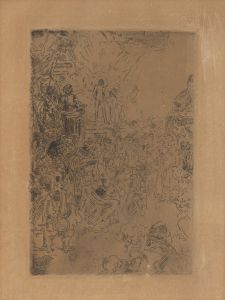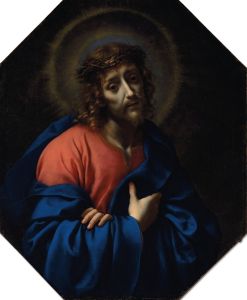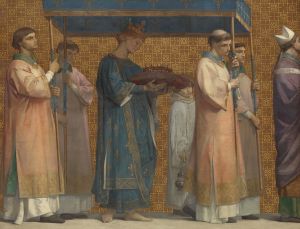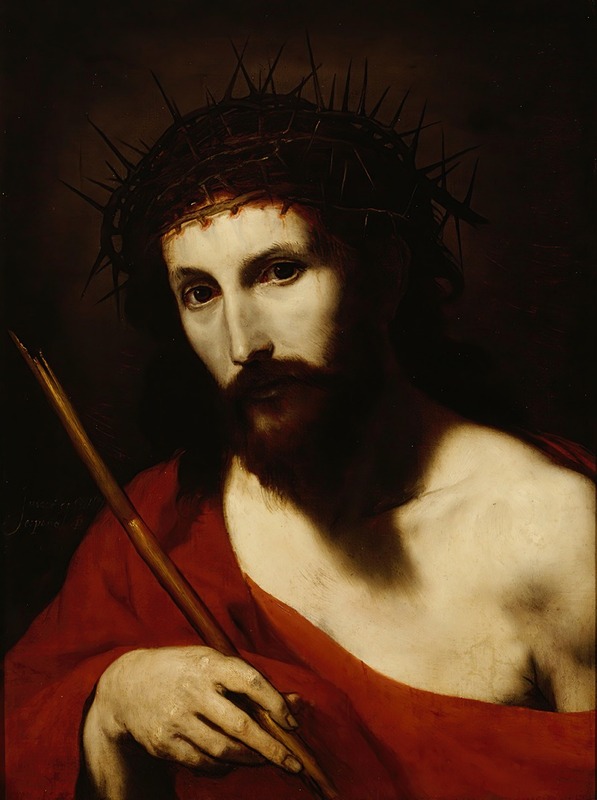
Ecce Homo
A hand-painted replica of Jusepe de Ribera’s masterpiece Ecce Homo, meticulously crafted by professional artists to capture the true essence of the original. Each piece is created with museum-quality canvas and rare mineral pigments, carefully painted by experienced artists with delicate brushstrokes and rich, layered colors to perfectly recreate the texture of the original artwork. Unlike machine-printed reproductions, this hand-painted version brings the painting to life, infused with the artist’s emotions and skill in every stroke. Whether for personal collection or home decoration, it instantly elevates the artistic atmosphere of any space.
"Ecce Homo" is a painting by the Spanish Baroque artist Jusepe de Ribera, created around 1620. Ribera, who spent much of his career in Italy, is known for his dramatic use of chiaroscuro and his ability to convey intense emotion through his works. This painting is a striking example of his skill in depicting religious themes with a profound sense of realism and emotional depth.
The term "Ecce Homo" translates to "Behold the Man" in Latin, and it refers to the words spoken by Pontius Pilate when he presented Jesus Christ, crowned with thorns and draped in a purple robe, to the crowd before his crucifixion. This moment is a significant event in the Passion of Christ, and it has been a popular subject in Christian art for centuries.
Ribera's "Ecce Homo" captures this poignant moment with a focus on the suffering and humanity of Christ. The painting is characterized by its dramatic lighting, which highlights the figure of Christ against a dark background, drawing the viewer's attention to his expression and the details of his physical torment. The use of chiaroscuro, a technique that contrasts light and dark, enhances the emotional impact of the scene, a hallmark of Ribera's style.
In this work, Ribera emphasizes the physical and emotional suffering of Christ. The crown of thorns is rendered with meticulous detail, and the blood trickling down Christ's face is depicted with a stark realism that evokes a visceral response from the viewer. Christ's expression is one of resignation and sorrow, capturing the duality of his divine nature and human suffering.
Ribera's ability to convey the raw emotion of the scene is further enhanced by his use of color and texture. The rich, deep tones of the robe contrast with the pallor of Christ's skin, while the texture of the fabric and the thorns adds a tactile quality to the painting. This attention to detail is a testament to Ribera's mastery of his craft and his dedication to realism.
The painting is also notable for its composition. Ribera places Christ slightly off-center, creating a sense of movement and tension within the frame. This compositional choice, combined with the intense focus on Christ's face, draws the viewer into the narrative, inviting them to contemplate the significance of the moment.
"Ecce Homo" by Jusepe de Ribera is housed in various collections, with several versions attributed to the artist. Each version reflects Ribera's consistent approach to the subject matter, showcasing his ability to convey deep emotion and his commitment to realism. The painting remains an important example of Baroque religious art, illustrating Ribera's influence on the genre and his contribution to the artistic landscape of the 17th century.
Overall, Ribera's "Ecce Homo" is a powerful depiction of one of the most poignant moments in the Christian narrative. Through his masterful use of light, color, and composition, Ribera captures the essence of Christ's suffering, inviting viewers to engage with the emotional and spiritual dimensions of the scene.





